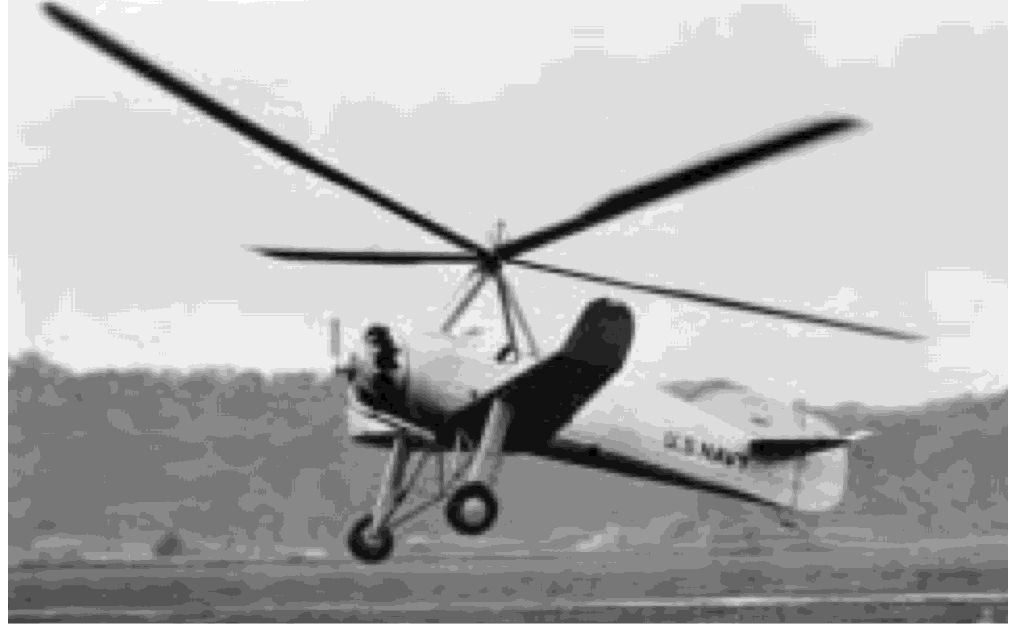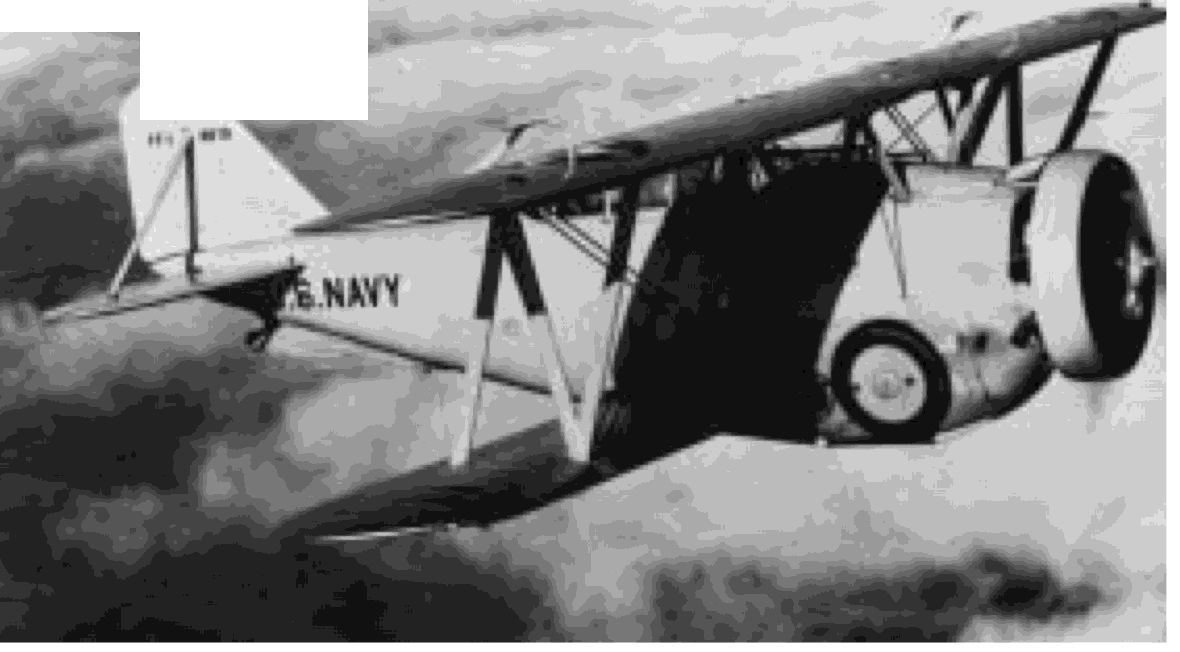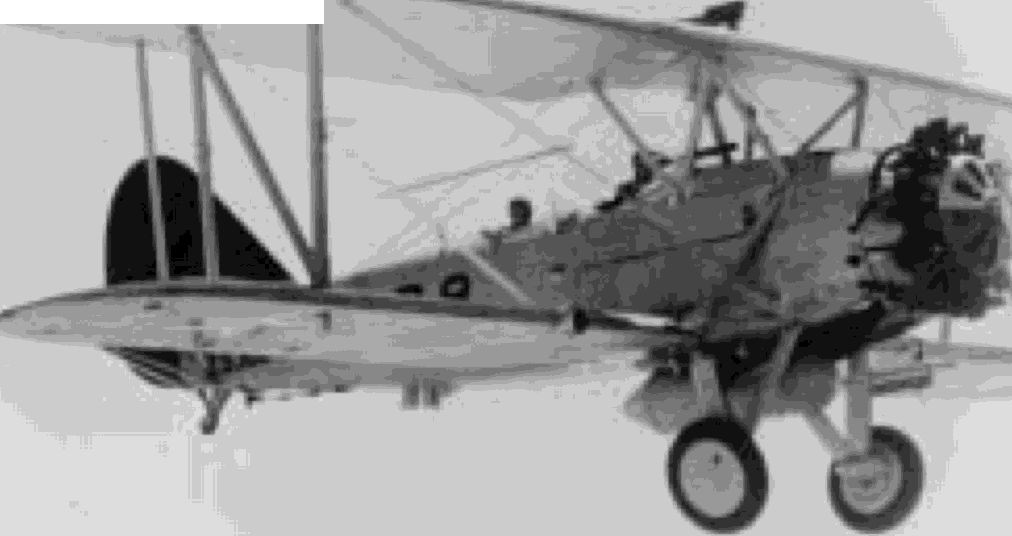


80
UNITED STATES NAVAL AVIATION
1910-1995
1931-Continued
XOP-I, fil:5t Navy Autogiro anjves at Anacostia 215856
Training and returned the courses in Bombing and
Torpedo, and Observation and Gunnery, dropped in
November 1929, thereby expanding the regular flight
course to 258.75 hours and, for those also taking
Advanced Combat, to 282.75 hours. The ground
school course was also expanded in some areas and
with the inclusion of a short course in photography,
totaled 386.5 hours.
2 March
A propeller development program, which
led to the adoption of variable pitch propellers, was
initiated with the award of a contract to Hamilton
Standard Propeller Company for two such propellers
suitable for use on fighting planes.
3 March
A recommendation that two officers from
the postgraduate aeronautical engineering group be
selected for study at the California Institute of
Technology (CalTech) was approved. As a result, the
policy of assigning postgraduate students to civilian
institutions was broadened to permit greater special-
ization, and for the next three school years students
were assigned in two groups: one to MIT where
emphasis was on aircraft engines, the other to CalTech
for study of aircraft structures.
31 March
When a disastrous earthquake shook
Nicaragua and destroyed most of the city of Managua,
Lexington
was ordered from Guantanamo Bay, Cuba,
to assist other Navy and Marine units in relief opera-
tions. Early the next afternoon, she inaugurated carrier
aircraft relief operations in the U.S. Navy, by launching
five planes carrying medical personnel, supplies and
provisions to the stricken city.
1 April
A reorganization of the U.S. Fleet into Battle,
Scouting, Submarine and Base Forces provided for the
appointment of type commanders for each type of
ship and for aircraft, and designated the aviation type
commands in the Battle, Scouting and Base Forces as
Commander Aircraft (name of Force).
2 April
A contract for the XFF-l two-seat fighter, the
first naval aircraft to incorporate retractable landing
gear for the purpose of improving aerodynamic clean-
ness and thereby increasing performance, was issued
to Grumman.
9 April
A contract was issued to the Glenn 1. Martin
Company for 12 BM-l dive bombers. This aircraft,
which was a further development of the XT5M-l, was
the first dive bomber capable of attacking with a
heavy (1,000 pound) bomb to be procured in suffi-
cient quantity to equip a squadron.
...
;, -
-
.,
FF-I, fiJ:5t fighter with retractable landing gear 1061485
II
BM-I, dive bombercanying IOOO-pound bomb
1053772
 |
4 |
 |